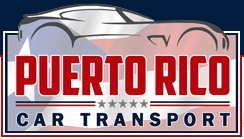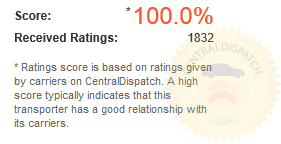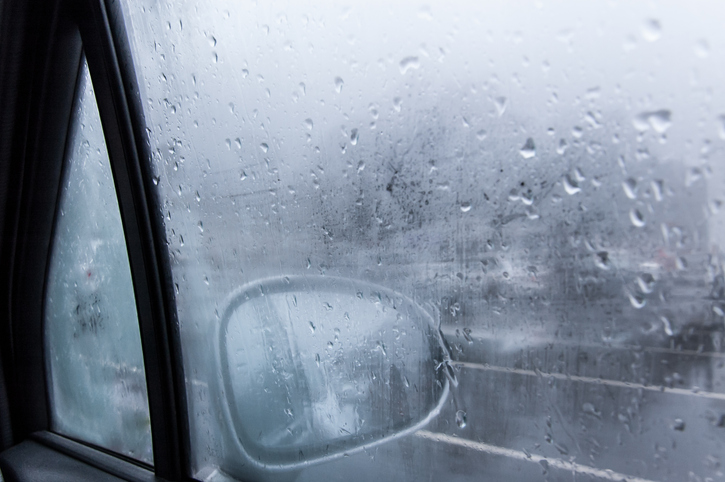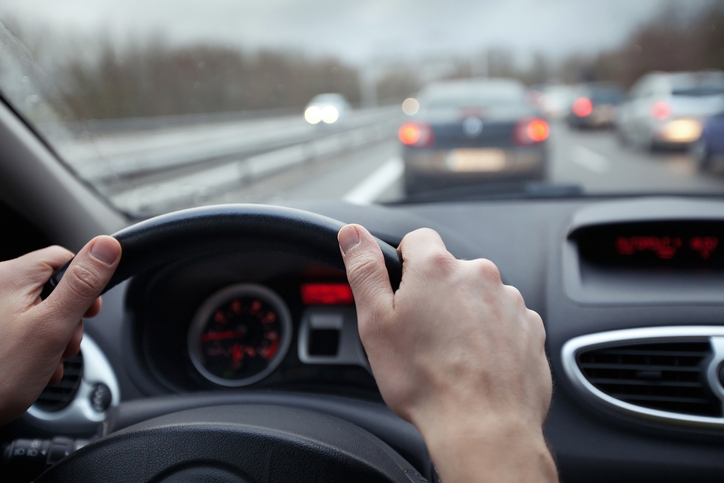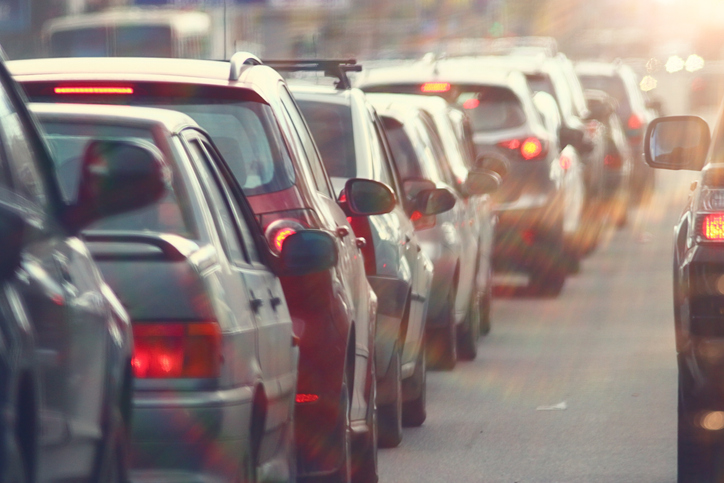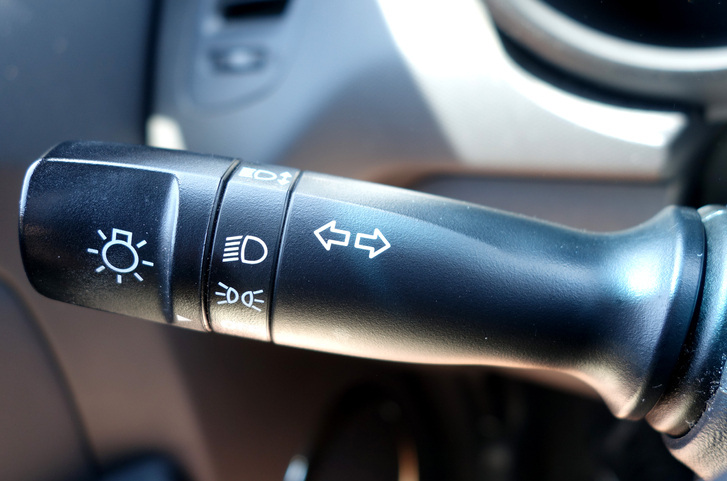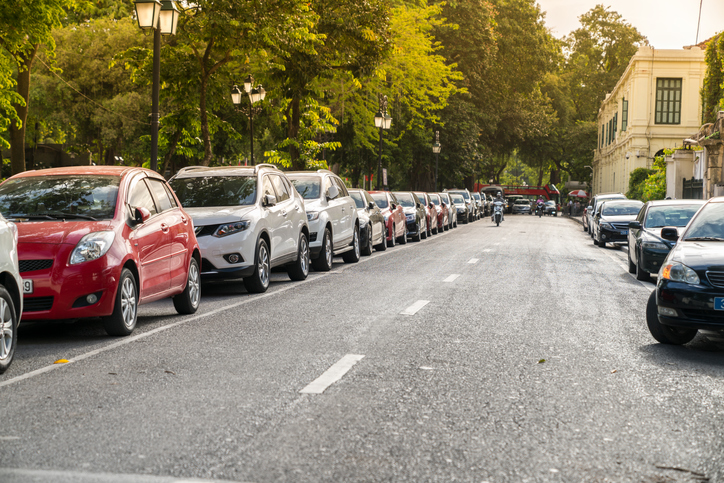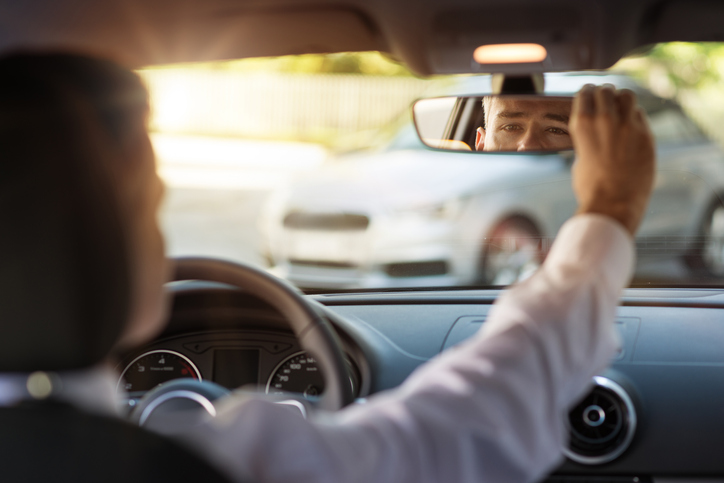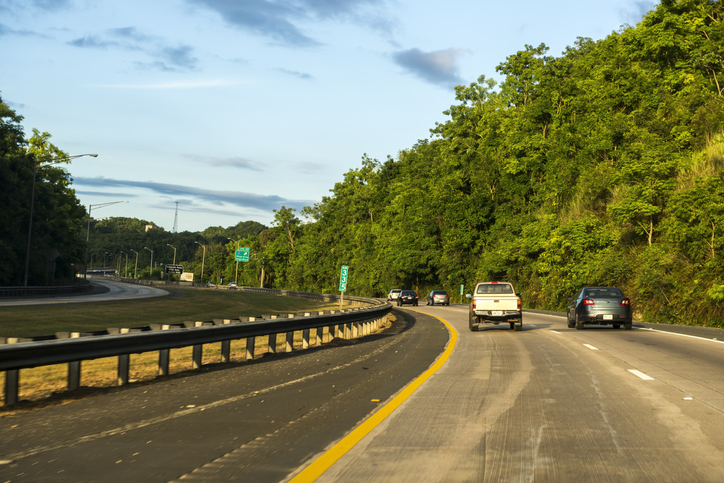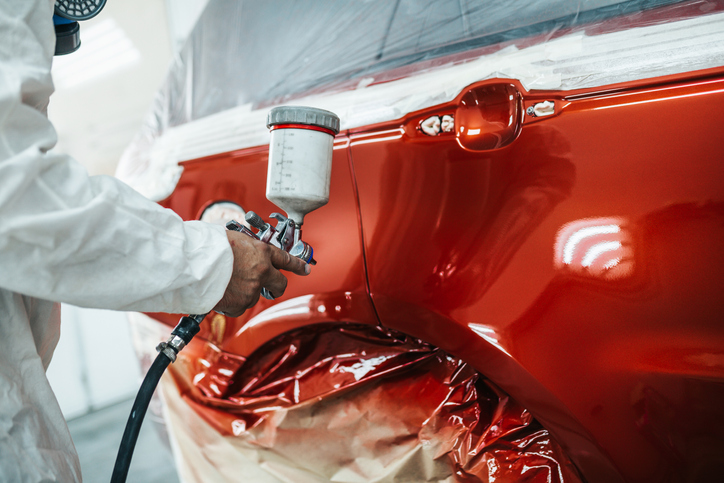Tire pressure basics
The effect of warm weather on tire pressure
Wrapping up
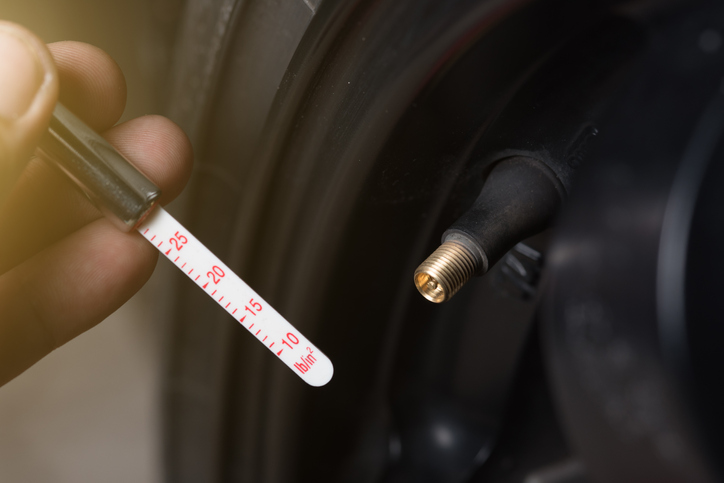
Tire pressure basics
Your car’s tire pressure is much more important than just inflating your tires enough to roll. The pressure inside of your tires supports the weight of your vehicle so that maneuverability can be maximized. When your tires are not properly inflated to their recommended levels, you will be sacrificing maneuverability which translates to less overall control over your car. Obviously, no one wants less control over their vehicle as they drive since that would mean less safety.
Most car tires should be inflated between 32 psi and 35 psi. Some tires can function well enough with a bit more pressure than that, but it is not recommended to put any more than 40 psi in your tire. Anything less than 30 psi will typically be considered underinflated. If your tire is underinflated, you should immediately add more air to it because that is where you start sacrificing maneuverability.
It is also important to note that over-inflation of your tires is dangerous as well. Over-inflated tires can lead to less traction on the road, less overall stability and even a blowout. A blowout is when your tire suddenly bursts which will cause you to lose a very significant amount of control over your car which is very dangerous especially at higher speeds.
In order to avoid any negative effects from improperly inflated tires, whether underinflated or overinflated, you should ensure that you check your tire pressure on a regular basis. We recommend that you check the pressure of each of the tires on your vehicle at least twice a month. All you will need for this is a simple tire gauge. In order to check tire pressure, you can:
- Remove the cap from your tire’s valve stem
- Press the opening of the tire gauge against the opening of the valve stem for just one or two seconds
- At this point, the inner part of your tire gauge should have popped out, revealing the level of air pressure in your tire
- If your tire pressure is under 30 psi or over 40 psi, you should make the necessary adjustments in order to get the pressure into that range as soon as possible
The effect of warm weather on tire pressure
The temperature outside will actually have a significant effect on the pressure level in your tires. Cold weather will cause the pressure in your tires to drop. This is because cold air causes the air in your tire to condense, which leads to that air taking up less space which causes less pressure within the tire. Warm air also will affect your tire pressure but in the opposite way.
Warm air will cause the air in your tire to take up more space thus increasing overall pressure. As a general rule of thumb, for every ten degree change in temperature, your tire pressure will change by 1 psi. So, if the temperature increases by twenty degrees, your tire pressure will increase by 2 psi (this is making the assumption that there are no leaks in your tire).
So, in Puerto Rico, where the temperature typically ranges between 60- and 90-degrees Fahrenheit each year, you may actually want to leave slightly less air in your tires if you are expecting a significant temperature jump. For example, if you are filling your tire with air on Monday and it is 75 degrees out but on Wednesday and beyond the temperature is expected to be 90 degrees, you might want to consider only filling your tire to 30-34 psi to account for what will probably be 1 or 2 extra psi of pressure within your tire later in the week. Just be sure that your tire pressure does not exceed 40 psi at any point.
Wrapping up
The air pressure in your tires is quite important. It plays a very significant role in your ability to handle your car with ease and maximum safety. Having tire pressure that is too low or too high will lead to underinflated or overinflated tires, either of which can cause significant issues with maneuverability, traction and overall safety. The best range for tire pressure with the majority of tires and vehicles is between 32 and 35 psi. Slightly more or less is not problematic but a larger difference in pressure can be. Puerto Rico’s warm weather can cause increased tire pressure when the weather gets hotter rapidly. Take that into consideration when monitoring your tire pressure in Puerto Rico.
